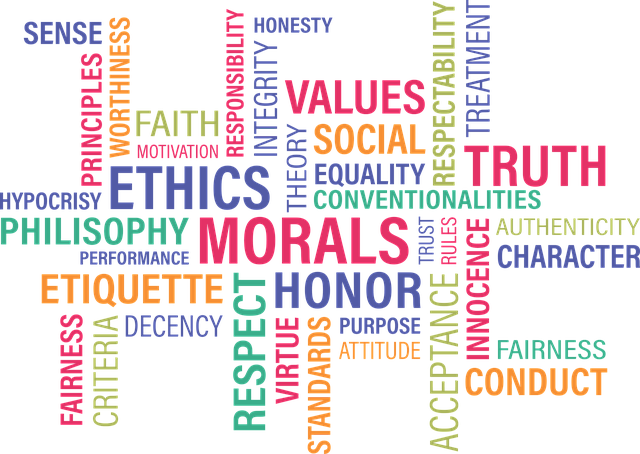Finding a clear path through a global pandemic is no easy task. Where do you turn for a model of leadership wisdom?
As I wrote in my last post, wise leadership is a combination of elements, including intelligence, self-awareness, acknowledgement of personal limitations, humility, patience, and emotional resilience. To put it in the simplest terms, wise leadership is the ability to think and act using knowledge, experience and understanding, to make good decisions.
According to psychologist Dr. Robert J. Sternberg, “leaders are much more likely to fail because they are unwise or unethical than because they lack knowledge of general intelligence.”
Six Indicators of Leadership Wisdom
Professors Ikujiro Nonaka and Hirotaka Takeuchi shared their research on the six abilities of wise leaders in the Harvard Business Review article, “The Big Idea: The Wise Leader.” They found that it isn’t just uncertainty that challenges leaders, rather, it’s leading people to adhere to values and ethics. As a coach, I have found this to be true. Six essential abilities are required:
- In complex situations, wise leaders quickly perceive the true nature of the reality; the underlying issues for people, things, and events taking place now, and projections for future consequences. Their explicit and tacit knowledge (honed by a love for learning), perspective (broadened by open-mindedness and their habit of asking “why?”), and creativity allows them to envision a future before jumping to decisions.
- Wise leaders practice moral discernment: they make decisions about what is good for the organization and society, and act on it. They strengthen their discernment with:
- Experience (especially facing adversity and overcoming failure)
- Adherence to values/ethics (self-awareness of values and ethics, which are modeled in business and organizations)
- Pursuit of excellence (not to be confused with perfection)
- Learning (a breadth and depth of subjects, including history, philosophy, literature, and fine arts.)
- They enable symbiotic learning by providing opportunities to interact closely with—and between—others; wise leaders develop relationships, and the spaces to nurture them. Today, that may mean more virtual meetings and the development of new groups, teams, and networks, as well as technology skills.
- Wise leaders use applicable metaphors and stories to communicate their experience and understanding into tacit knowledge that all can understand. Great stories describe relationships (between people, places, times, or things). They don’t have to be long, but the right story, at the right time, can call others to take right action.
- They nurture wisdom in others through mentoring, apprenticeship, and distributed leadership. Mentoring focuses on learning to achieve competence, proficiency, skill, know-how and wisdom. Apprenticeship focuses on sharing experiences, contexts, and time.
- Wise leaders understand and consider differing points of view, emotions, needs, and the element of timing. They embrace the paradoxes of life: they refrain from either/or thinking, and cultivate a both/and mindset.
Wise leaders bring people together and inspire them to take positive action.
What do you think? Where do you see the model of wise leadership in your organization? I’d love to hear from you. I can be reached here, on LinkedIn, or give me a call: 561-582-6060.

Did You Enjoy This Article?
Join thousands of other smart business owners like yourself & get our Proffittable Times newsletter.
It's filled with actionable content you can apply immediately.
Sign up now to get started!
– Coach Nancy










